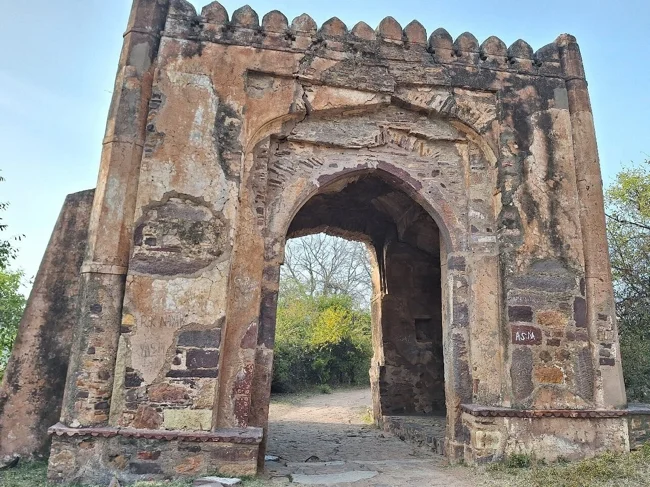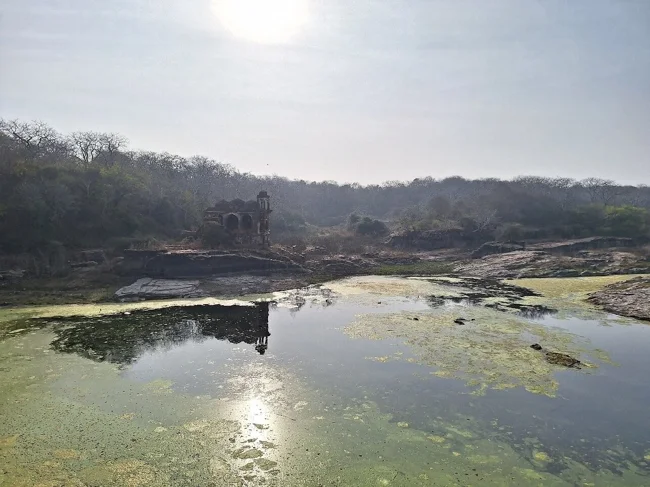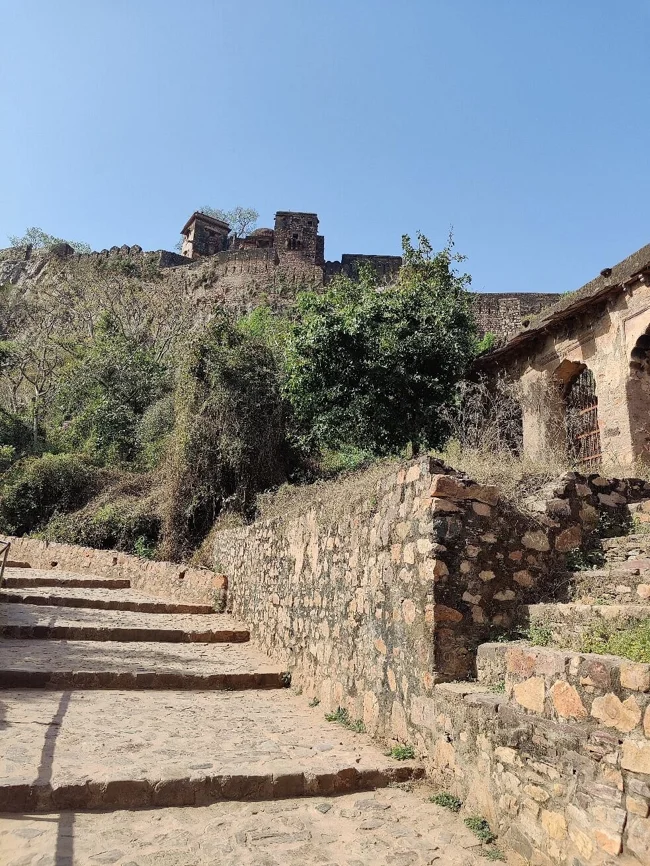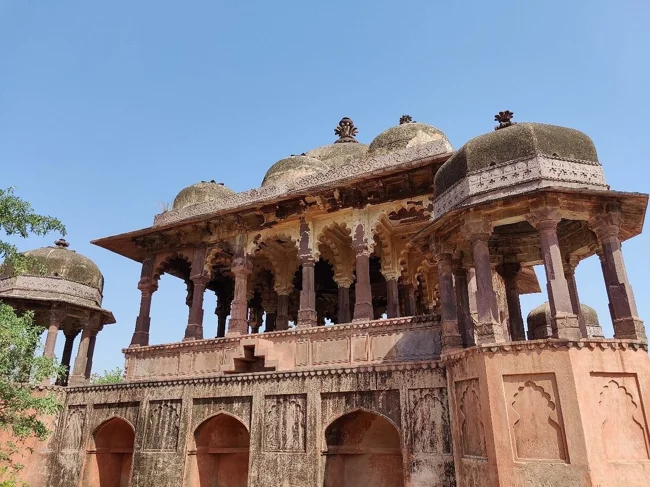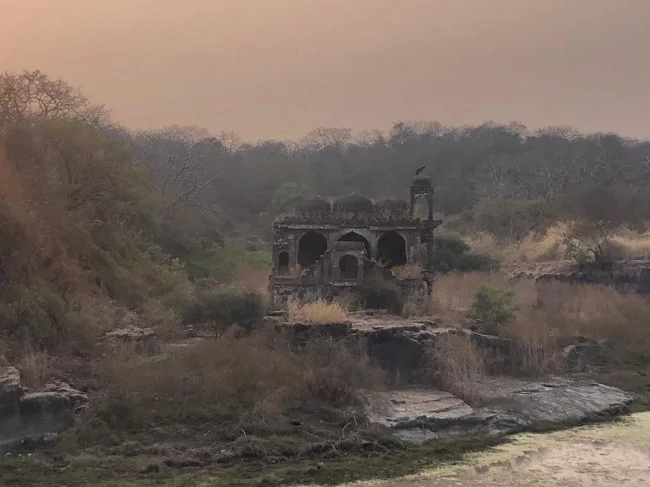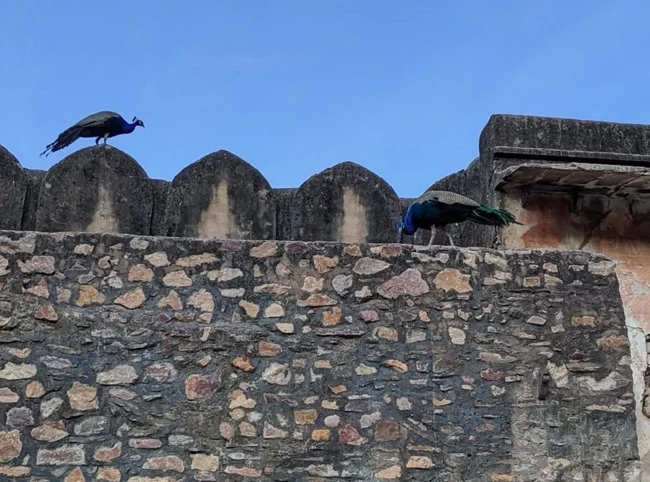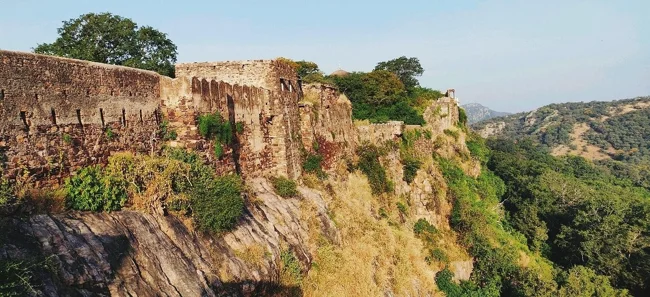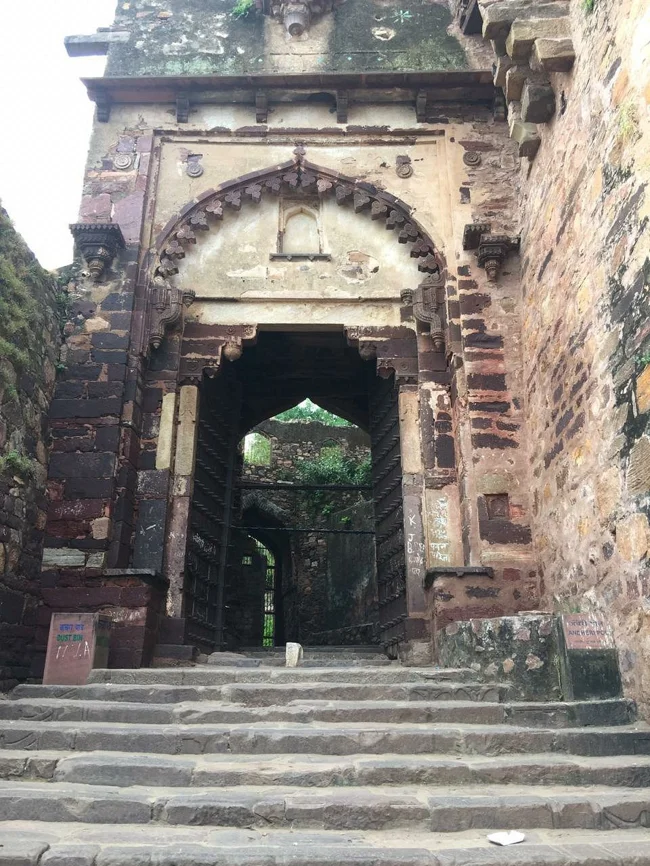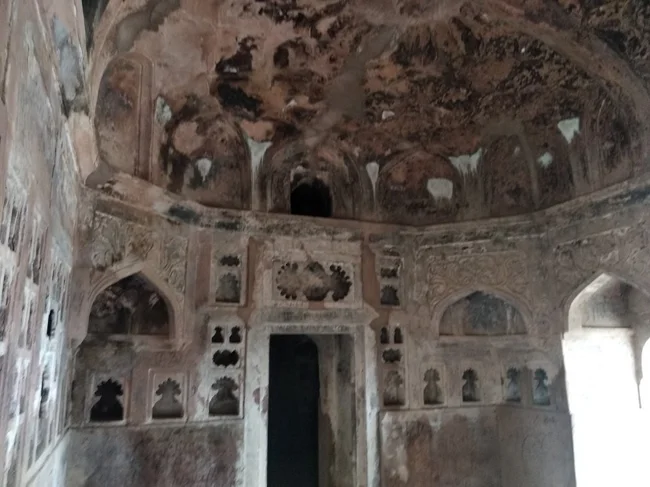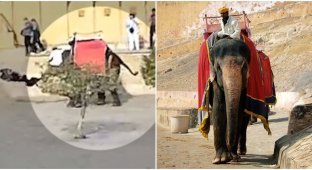Fort Ranthambore - an ancient citadel and the kingdom of tigers (20 photos + 1 video)
The picturesque ruins of an ancient fort, whose history dates back more than 1,000 years, are located on the territory of a popular tiger reserve. 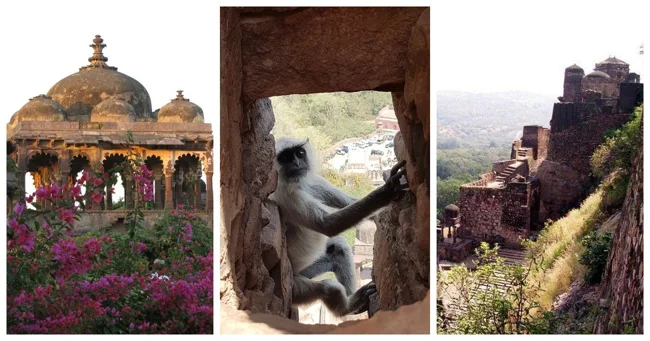
Ranthambore National Park is one of the most famous and popular tiger reserves in India. But it is not only those who want to observe predatory cats in their natural environment who are eager to visit the bustling park. 
The amazing temple on the park grounds attracts religious pilgrims as well. Connoisseurs of natural beauty enjoy the stunning scenery, while history buffs are delighted and awe-struck by the ruins of the 10th-century fort, a colossal citadel founded in 944 by the Rajputs, an ethnic group of the Chahamana people. 
The areas occupied by the national park were originally used by the Rajput rulers of the city of Jaipur as private hunting grounds. Now in the central part of the park is the gradually crumbling Ranthambore Fort. It is located on a steep cliff of Thambhore Hill, surrounded by forest, ponds, lakes and gradually deteriorating pavilions, pavilions and other ancient structures. 
The majestic fort sits atop a hill over 210 metres high, bounded by a massive stone wall with bastions and towers. It extends for 6.5 kilometres and covers an area of almost 4 kilometres. Inside the complex there is much to see: ruins and architectural curiosities – palaces, cenotaphs, pavilions and temples are scattered in a maze of alleys and courtyards. It is considered a fine example of a fort, and the remains of the Hammir Palace are among the oldest surviving Indian palaces. 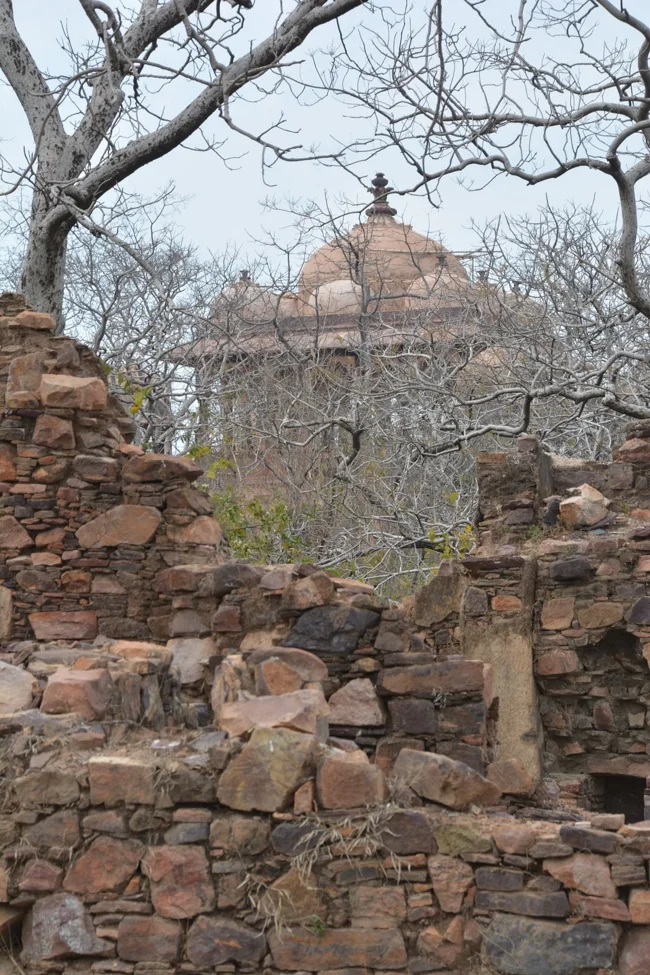
Although the Ranthambore fort was once considered impregnable, the citadel was attacked twice.
In 1299, it was stormed by the army of Sultan Alauddin Khilji. The reason was the decision of the Chauhan king: Hammir Deo gave shelter to one of the Sultan's enemies. Despite the fact that Khilji sent 80,000 cavalry and countless infantry, the forces were repelled, and their commander was killed. 
In 1568, the Mughal Emperor Akbar launched a massive attack on the fort, gathering about 70,000 soldiers. Since the Rajputs often clashed with the Mughals, the emperor captured several other Rajput forts in Rajasthan. After a long siege, the Hindu leader Rai Surjan Hada of Ranthambore Fort surrendered to Emperor Akbar. 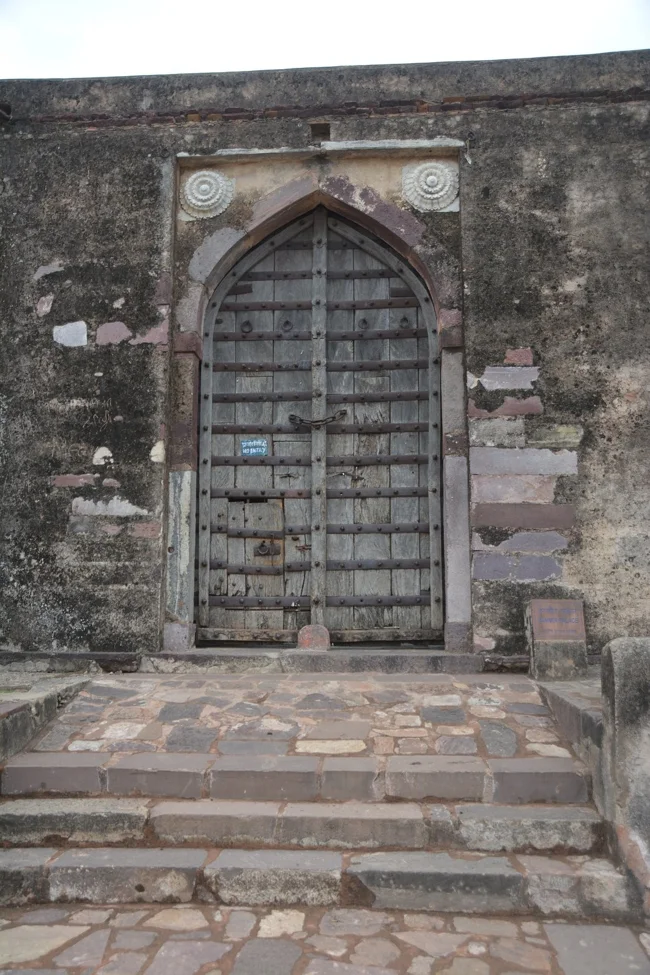
Now this place is open for visiting and recreation and can satisfy the tastes of both nature and history lovers. Two hundred steps lead to the top of the hill. But it is worth it. And having overcome this obstacle, tourists get to the highest point. From there, marvelous views of the park open up, and almost at eye level you can see proudly soaring vultures, eagles and other birds. 
